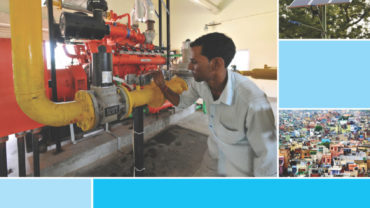Fuel efficiency standards, solar rooftop systems, public transport improvements—these are just a few of the success stories detailed in two new Copenhagen Centre reports on energy efficiency in China and India. Going back as far as 2000, the reports present the most successful and effective policies and measures of the world’s two largest developing countries as part of an ongoing study initiated by C2E2 entitled “High Impact Opportunities for Energy Efficiency Improvement in China and India.”
While energy demand has increased, the report notes that the energy intensity of the Chinese economy declined by thirty per cent from 2000 to 2015, due to technological progress and a long list of energy efficiency policies and measures. As regards India, where economic growth has been slower, the report emphasises that enhancing energy efficiency is one of the cheapest ways to “produce” energy. Eight best practices are covered in the China report, including building retrofits, efficient household appliances, and vehicles that use less, or alternative fuels. The India report presents 11 success stories, such as efficient cook stove programs, LED lighting promotions, and water pumps for irrigation. The projects behind these success stories and best practices can be replicated and scaled up in both China and India, helping to accelerate energy efficiency improvements in these countries, as well as serving as examples for others that are in the process of designing policies and programmes.


